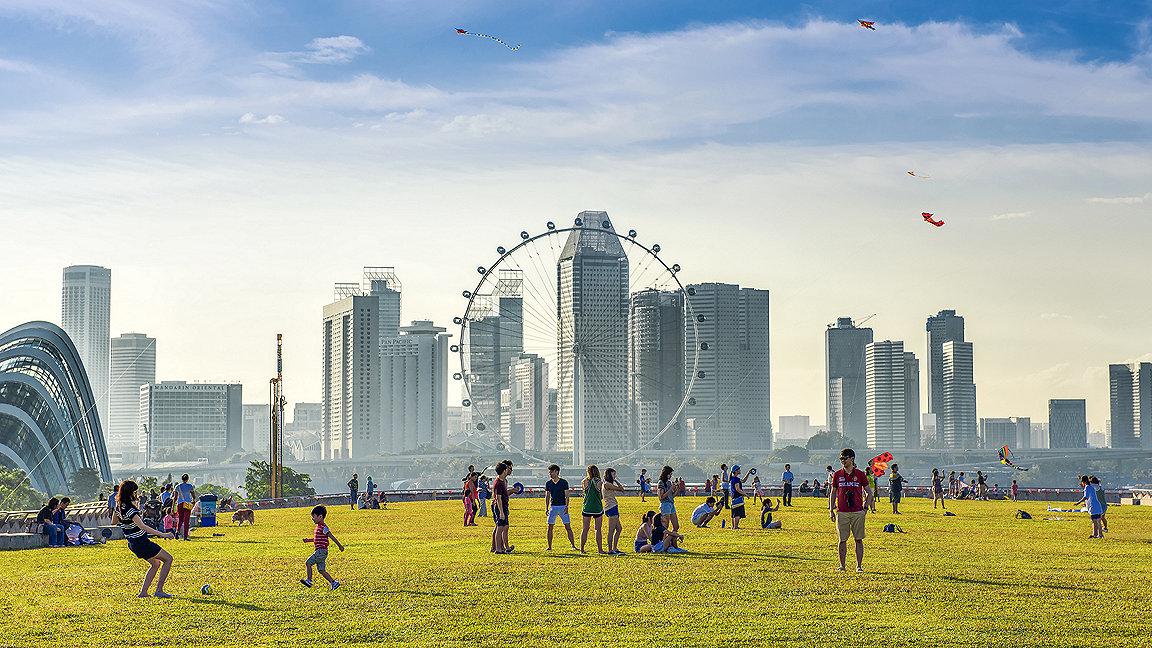
Land reclamation has been happening for centuries in low-lying countries like the Netherlands, where around 17% of the country’s current land has been reclaimed from the sea or lakes. Massive-scale land reclamation projects are a more recent phenomenon and have proved popular in places that have plenty of coast but not enough mainland to suit their needs.
These projects can create land where once there was sea for all sorts of uses, from creating super-modern housing developments to an entertainment archipelago full of hotels, restaurants, theatres and shops.
However, with predicted sea level rises making headlines on a regular basis, that new land must be ready for whatever climate change throws at it.
With that in mind, it's a good time to revisit this feature (originally published in June 2021) and see what’s new in the world of land reclamation. Below are three more projects added on 6 February 2024, followed by the seven that featured when this article was first published.
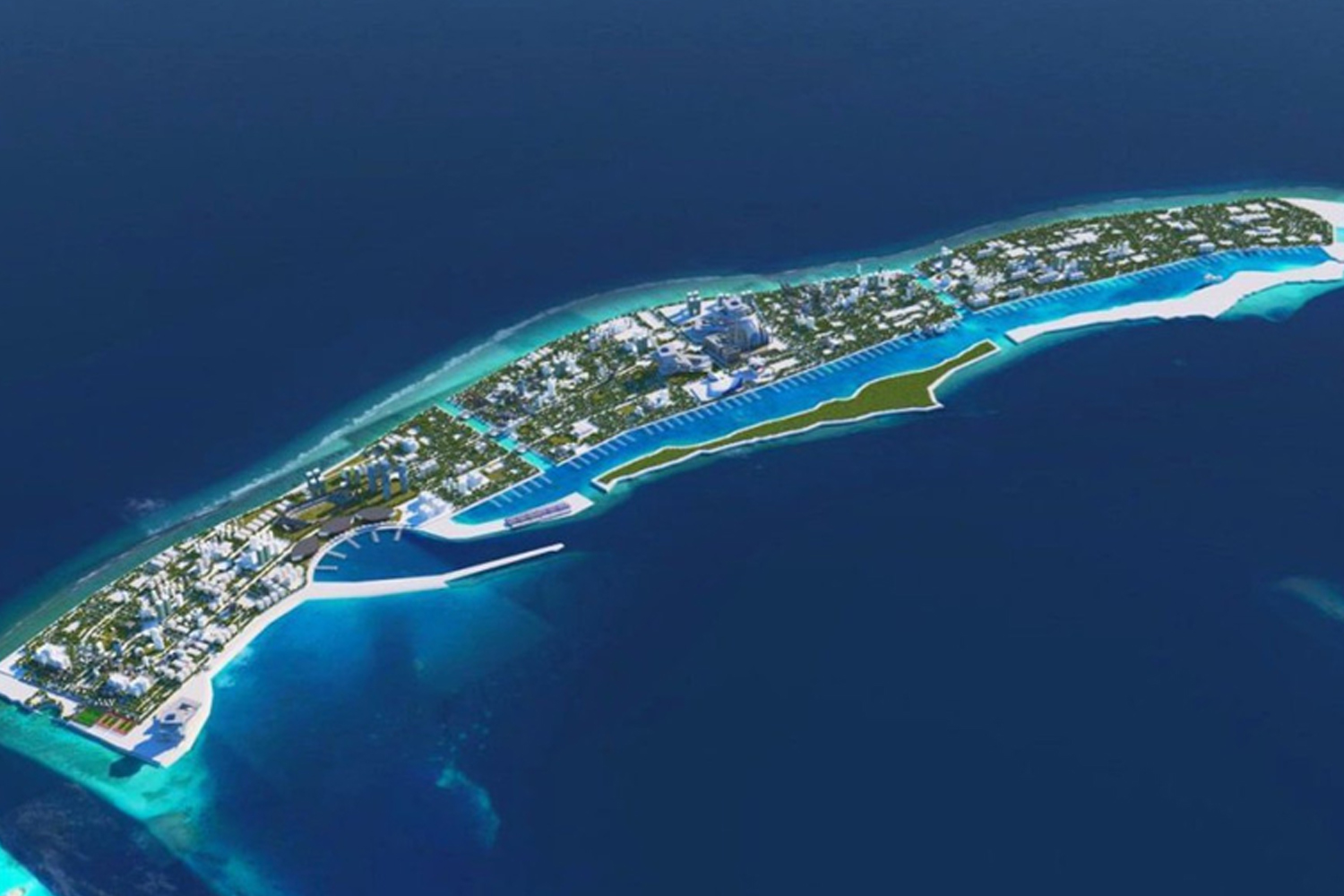
With 80% of the country standing less than one metre above sea level, the Maldives is the lowest-lying country in the world. As sea levels are expected to rise as much as 30cm by 2050, it is little wonder the archipelagic nation’s government is exploring options to reclaim land from the sea.
Ras Malé is the country’s largest land reclamation project to date and will be two metres above sea level at its edge, rising to three metres in the centre. It will contain 65,000 homes and President Mohamed Muizzu has stated that it will run entirely on renewable energy, from transport to its infrastructure and facilities.
Result: The Maldives is planning for its future by creating new developments above expected sea level rises. Expect to see more of this from island nations in an era of climate adaptation.
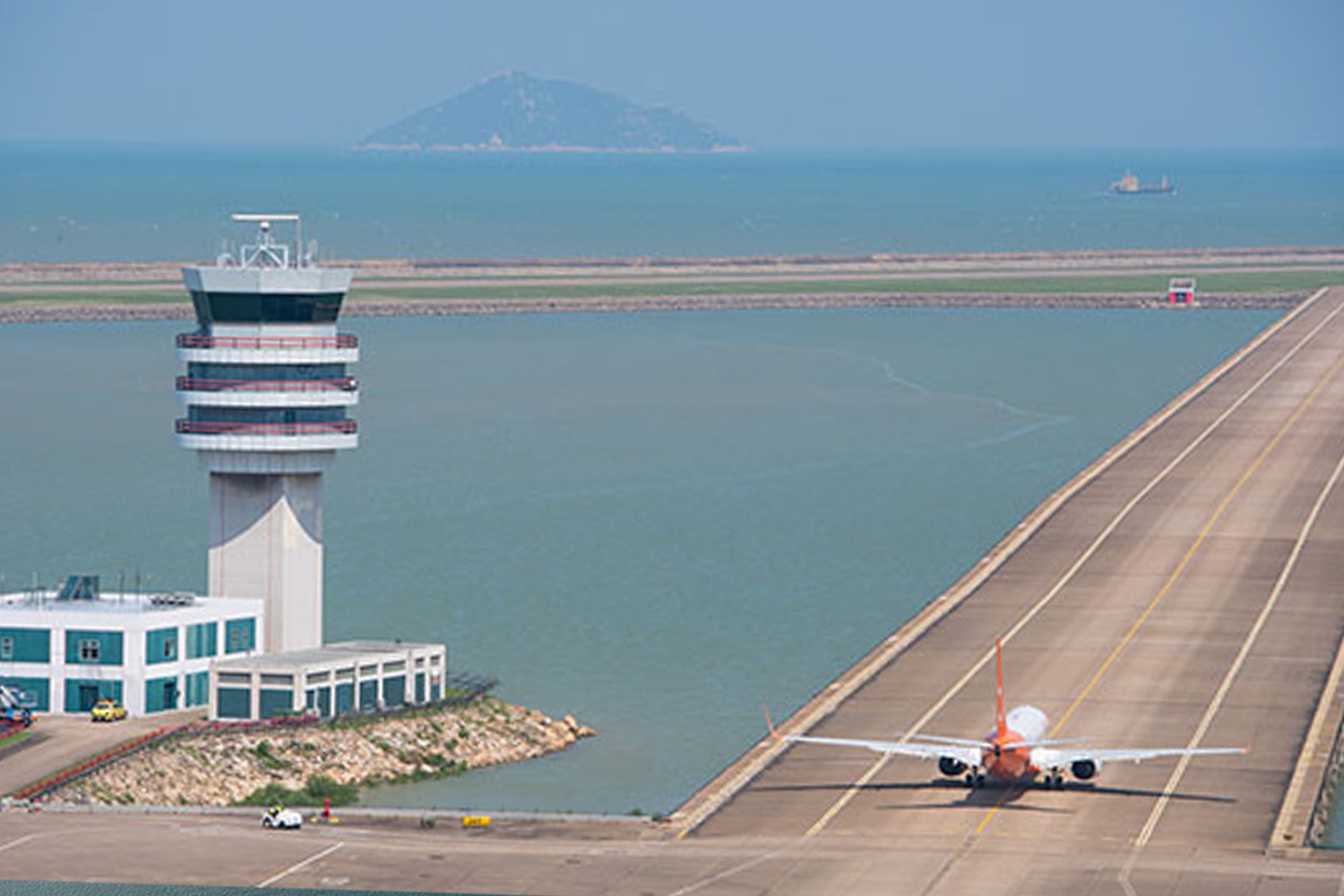
Expansion of Macau International Airport is scheduled to begin in the second half of 2024, creating an extra 129ha of land when completed. More aircraft hangars, parking positions for planes and space for taxiing to and from the runway should allow the airport to increase its capacity to 13m passengers a year.
Since 2000, around 2,500km2 has been added to coastlines around the world, with China’s biggest city Shanghai contributing 350km2 of that total.
Result: Macau is aiming to grow its visitor numbers and diversify from gambling tourism (to its many casinos) to a wider variety of visitors. Growing its airport size and capacity is an integral part of that plan.
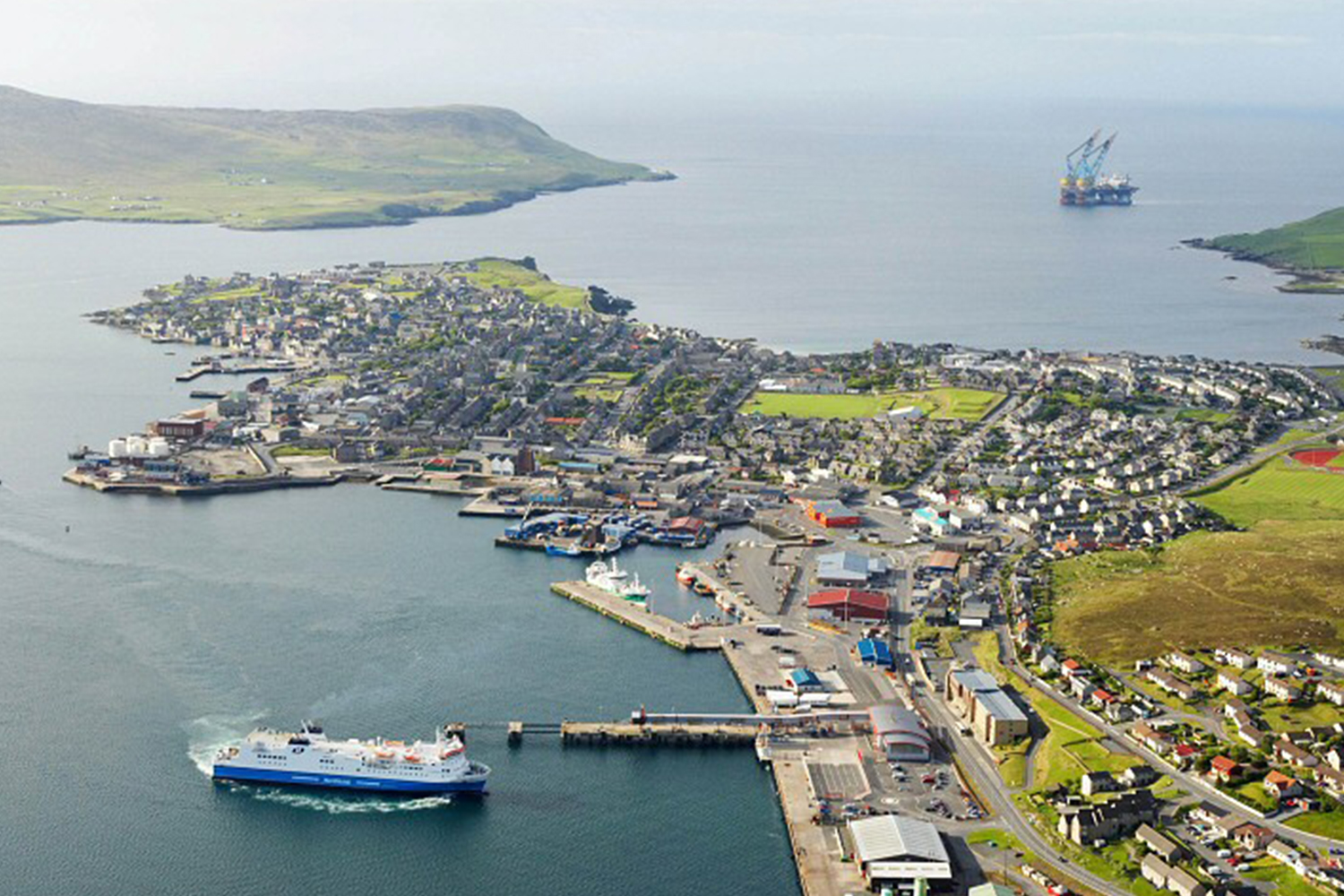
The cost of this port expansion in the Scottish Shetland Islands is more modest than the other mega-projects described in this feature, but it will be an important part of expanding the UK’s fish processing sector.
Lerwick Port Authority’s chief executive, Calum Grains, said: “Reclamation projects have helped shape the modern harbour, most recently at the Holmsgarth fishing hub and the deep-water Dales Voe offshore industry support base.”
Much further south in the UK, another land reclamation project is being planned for the Port of Dover, to create more space to process ferry passengers to France. It is hoped this will avoid some of the long queues holiday-goers have already experienced in recent summers.
Result: The expansion of Lerwick’s port is part of its ongoing post-pandemic economic recovery, which includes supporting an increasing number of fishing and cargo vessels.
The Palm is the world’s most instantly recognisable land reclamation site, shaped like a giant palm tree stretching out into the Persian Gulf. Surrounded by an 11km breakwater, it’s visible from space and comes complete with its own monorail to get you around the man-made archipelago. Don’t expect to find affordable housing on the Palm though – it is a millionaire’s playground.
Nearby, an even bigger land reclamation project called The World is designed like a map of the earth, with individual islands representing each country. Dredging work began in 2003 and while construction stalled during the global financial crash of 2008, many of the islands are now privately owned.
Result: Palm Jumeirah is one of the Middle East’s most popular tourist destinations, thanks to its unique design.
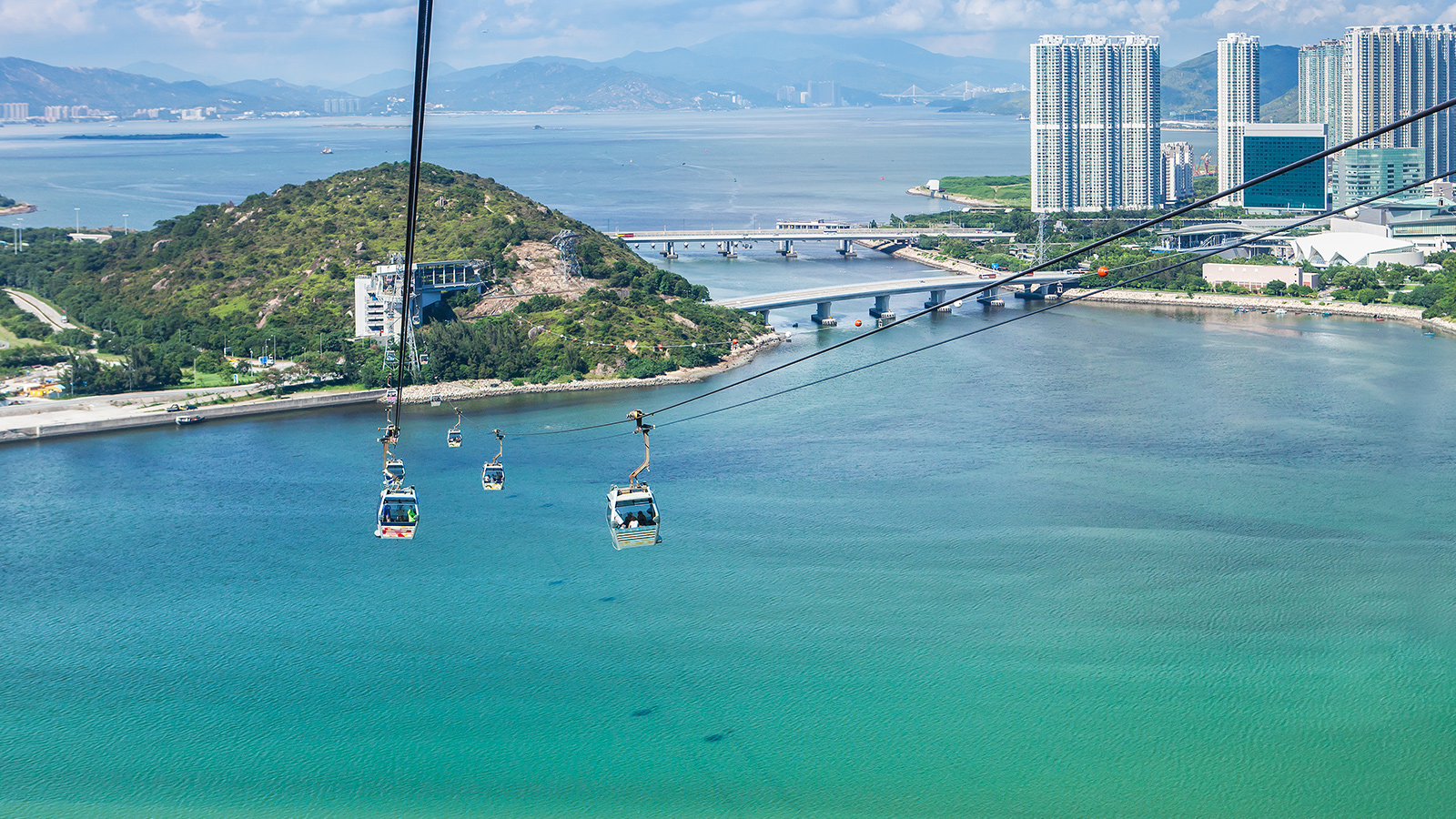
Cable Car at Ngong Ping, Hong Kong
Hong Kong is one of the most densely populated countries in the world and needs more space to house its growing population. Lantau Tomorrow Vision is a huge land reclamation project that’s going to create artificial islands off the coast of Lantau Island.
The incredibly high cost of the project (HK$624bn) has attracted criticism, with 40% of Hong Kong residents against the plans, despite Hong Kong CEO Carrie Lam claiming it could provide up to 1.1m new homes. The High Court in Hong Kong recently rejected a local journalist’s application for a judicial review of the project.
Result: Lantau Tomorrow Vision is a long way from being finished: the first set of residents won’t be moving in until 2034.
Jakarta, the fastest sinking city in the world, made a plan in 2014 to tackle rising sea levels and subsidence. It was called The Great Garuda (named after the shape of the mythical bird on Indonesia’s coat of arms) and meant creating 17 artificial islands off the island’s north coast. Consultants on the project hailed it as the only alternative to abandoning north Jakarta to the flood waters entirely.
Four of the islands were created, but work has been halted because of opposition to the project. That opposition included fishing communities, whose income was drastically reduced by the pollution created by the land reclamation work. In 2017, Jakarta elected a new governor and permission to create the remaining 13 islands was revoked the following year.
Result: Work on The Great Garuda has halted for now. A smaller project, called NCICD II is currently under way, focusing purely on flood defence (rather than combining it with housing).
Eko Atlantic City includes residential, commercial and financial properties in a project combining coastal protection and city expansion. Eventually providing housing for 250,000 people, it has an 8.5km-long sea wall, dubbed the Great Wall of Lagos, to protect Nigeria’s capital from coastal erosion and rising sea levels.
However, the land reclamation has created a change in the water flows, leading to greater erosion in some surrounding areas, says Emeka Eleh FRICS, a partner in Ubosi Eleh & Co, an estate surveyor and valuer in Nigeria. And environmental groups say dredging from the nearby ocean floor has left local residents more vulnerable to storm surges.
Result: Construction on the newly-formed land is well under way, with the 33-story Eko Pearl Towers one of the first to be completed in 2020.
Expected to eventually become home to 250,000 people, it has an 8.5km-long sea wall, dubbed the Great Wall of Lagos
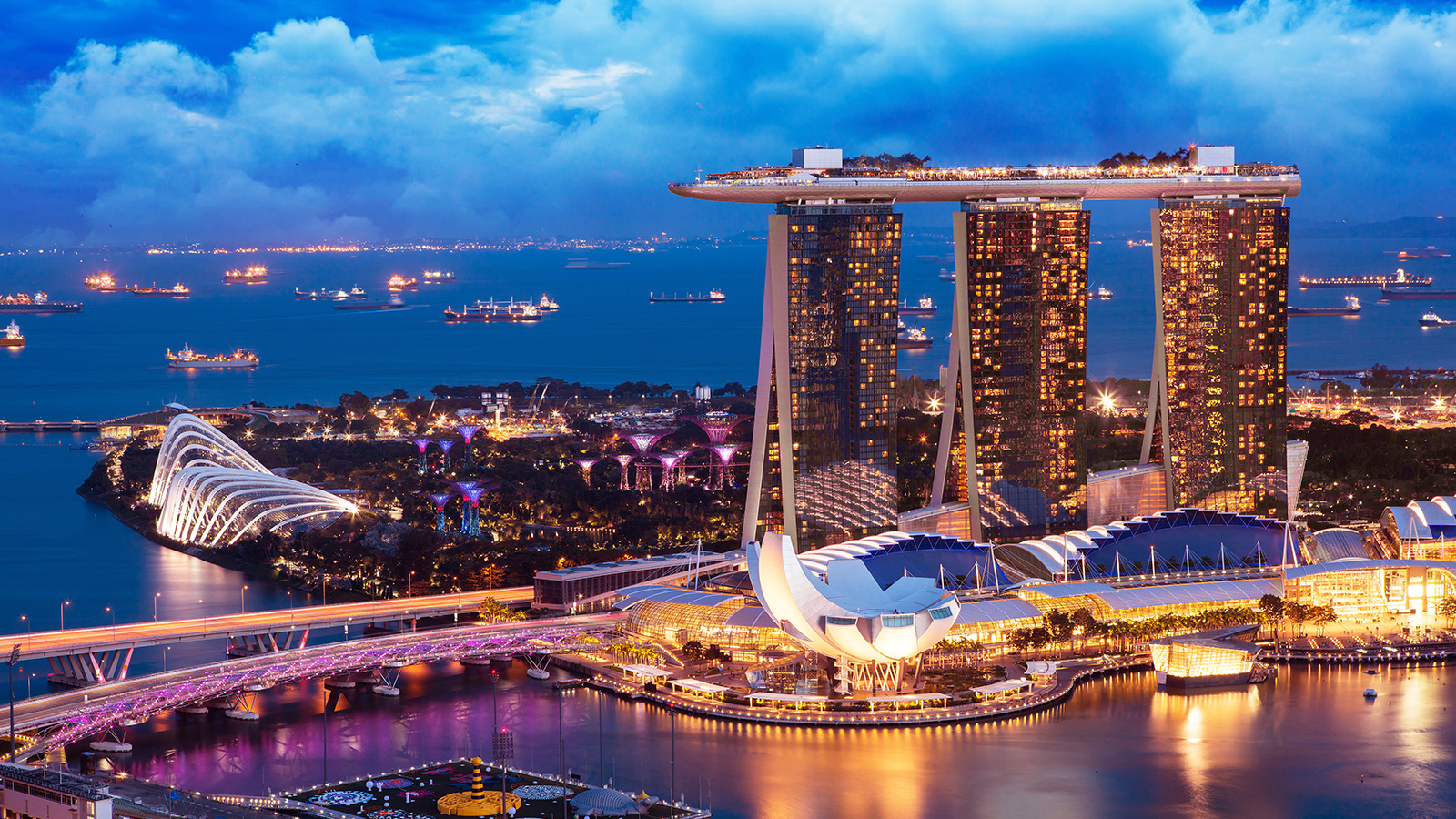
Marina Bay, Sinagpore
Land reclamation work to create valuable waterfront real estate in Singapore began in 1969 and was completed in the 2000s. The Marina Bay area is incredibly popular with residents and visitors and is where you’ll find the famous triple-towered Marina Bay Sands – a massive resort and conference centre, as well as the durian-shaped Esplanade Theatre.
Result: Marina Bay has become one of the country’s top destinations for restaurants, hotels and attractions.
Building new dunes on Katwijk's coastline, Netherlands. Photo: Arcadis Dutch Coastlines Design
Much of the Netherlands is below sea level, meaning coastal protection and flood prevention measures are high on the national agenda. Katwijk is a coastal beach resort about half an hour north-east of The Hague that was at risk of being washed away, with a flood wall that was too low and a town that had expanded beyond the defences.
In 2015, Katwijk took advantage of the Netherland’s national flood relief fund to construct a 1km-long dune that slopes gradually out to sea over several hundred metres. Construction involved no deep dredging and the resulting dune incorporated a car park with 663 spaces.
Result: Another success story on the Dutch coastline. The dune blends in with the local landscape and contains areas of vegetation for wildlife.
Much of the Netherlands is below sea level, meaning coastal protection and flood prevention measures are high on the national agenda
Penang, on the north-west coast of Malaysia, plans to create three new islands. Danish architect firm Bjarke Ingels Group envisioned a futuristic design focused on biodiversity and dubbed it BiodiverCity.
Like Indonesia’s Great Garuda, critics worry it doesn’t go far enough to protect fish stocks. Fishermen have rejected the compensation offered by the government of RM20,000 (£3,406), as well as the Environmental Impact Assessment report on the project.
Malaysian authorities say the development is going to be socially and economically inclusive and have suggested that a quarter of new homes created could be in the affordable housing price bracket of around RM350,000 (£60,000).
Result: It looks set to be politically contentious and there are environmental concerns still to be addressed, but it’s going ahead.
_______________________
This article was first published on 14 June 2021. It was republished with additional information on 6 February 2024.
MODUS
TIna Paillet FRICS 02 April 2024
MODUS
Mark Williams 16 January 2024